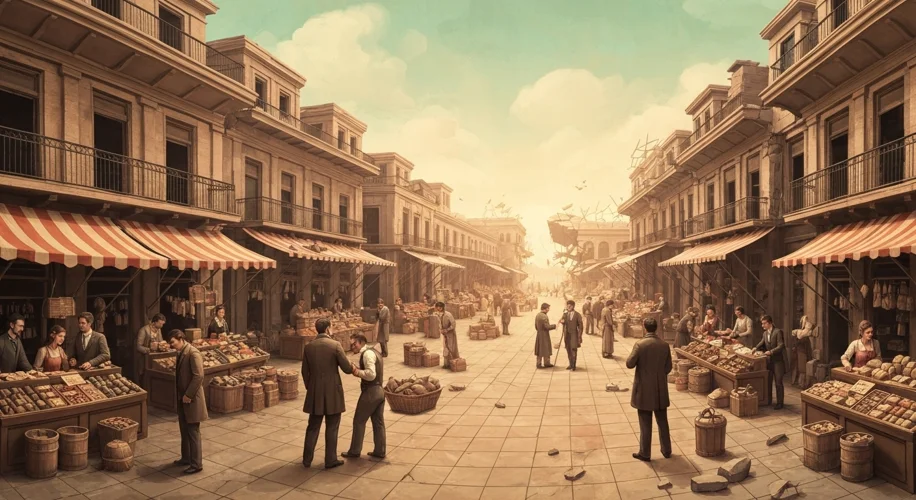As someone who’s spent decades in the tech world, I’ve seen how global economics can directly impact innovation and the bottom line. Lately, there’s been a lot of talk about tariffs, and it’s a topic that deserves a closer look, especially given the recent increases on goods like lumber, watches, chemicals, and technology.
So, what exactly are tariffs? Simply put, they’re taxes imposed on imported goods. The idea is often to make foreign products more expensive, thereby encouraging consumers and businesses to buy domestically produced items. The stated goal, as we’ve often heard, is to protect American industries and jobs.
But economics, as I’ve learned, is rarely that simple. When the U.S. decides to slap tariffs on goods, there are immediate ripples felt across the economy. For businesses that rely on imported components or materials, like those in the tech sector that need specialized chemicals or advanced manufacturing equipment, tariffs mean higher operating costs. These costs often don’t just get absorbed. They frequently get passed on to consumers in the form of higher prices for everyday items, from the clothes we wear to the electronics we use.
Think about it: if the cost of a specific chemical used to make computer chips goes up due to a tariff, the price of the finished computer or smartphone might also increase. This can affect sales and, ironically, may even lead some companies to look for production facilities in countries with more favorable trade policies. This is a crucial point – these policies don’t exist in a vacuum.
Other countries don’t just sit back and accept new tariffs. They often respond with their own tariffs on goods imported from the country that initiated them. This is where the term ‘trade war’ comes into play. It’s essentially a tit-for-tat escalation. If the U.S. puts tariffs on imported steel, for example, another country might put tariffs on American agricultural products or manufactured goods. This can create significant challenges for exporters on both sides.
For American farmers, tariffs imposed by trading partners can close off vital markets, leading to lower prices for their produce and potential financial hardship. Similarly, American manufacturers who export their goods can find themselves at a competitive disadvantage in international markets. It’s a complex web where actions in one sector or country can have far-reaching and sometimes unexpected consequences elsewhere.
From my perspective, navigating these trade policies requires a deep understanding of the interconnectedness of the global economy. While the intention behind tariffs might be to bolster domestic industries, the reality is often a more complicated picture with impacts on consumers, businesses, and international relations. It’s a reminder that in our increasingly globalized world, economic decisions have broad and significant repercussions.

